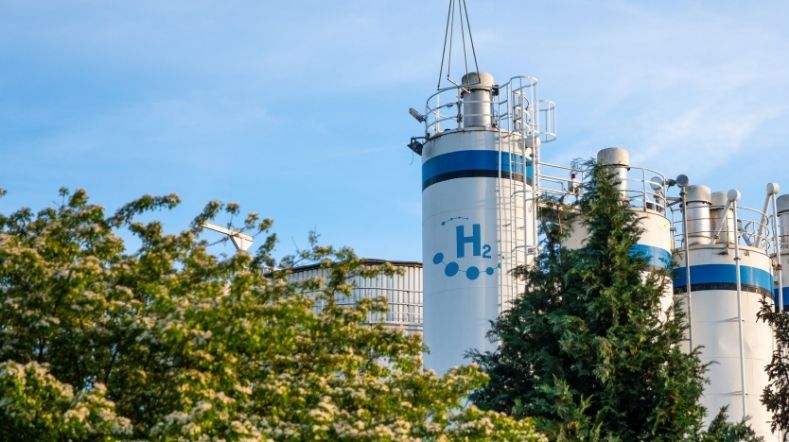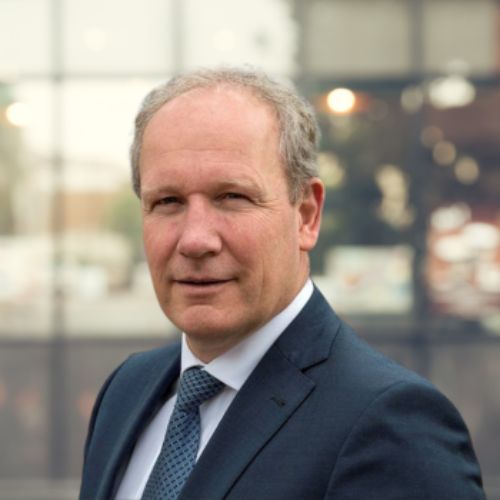The Netherlands: a global hub for hydrogen import, transport and storage
Mid-June saw the signing of a number of cooperation agreements in the Spanish city of Puertollano, in the presence of King Willem-Alexander and the Dutch Minister for Economic Affairs and Climate Policy, Rob Jetten. This means that the first hydrogen chain from other countries to the Netherlands has now become a reality. Spain will become a major supplier of green hydrogen to north-western Europe and the Netherlands will act as a hub for transporting it on to countries including Germany. TNO is working closely with the Ministry of Economic Affairs and Climate Policy (EZK) to establish import chains; it is also a key adviser to the European Commission on hydrogen storage.
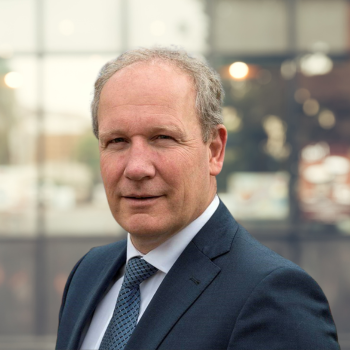
“The Netherlands aims to play a prominent role as an importer and transit port for hydrogen within Europe”.
Prominent role for the Netherlands
“The Netherlands aims to play a prominent role as an importer and transit port for hydrogen within Europe,” says René Peters, director of gas technology at TNO, who was present at the signing. “Since last year, we’ve already been working on a programme for the Ministry of EZK to accumulate know-how on developing international import chains for green hydrogen, the Sustainable Hydrogen Import Program Netherlands (SHIPNL). We know a lot about hydrogen at TNO, but this is a new field where it’s not only about technology but also a combination of economic feasibility, safety, and infrastructure.”
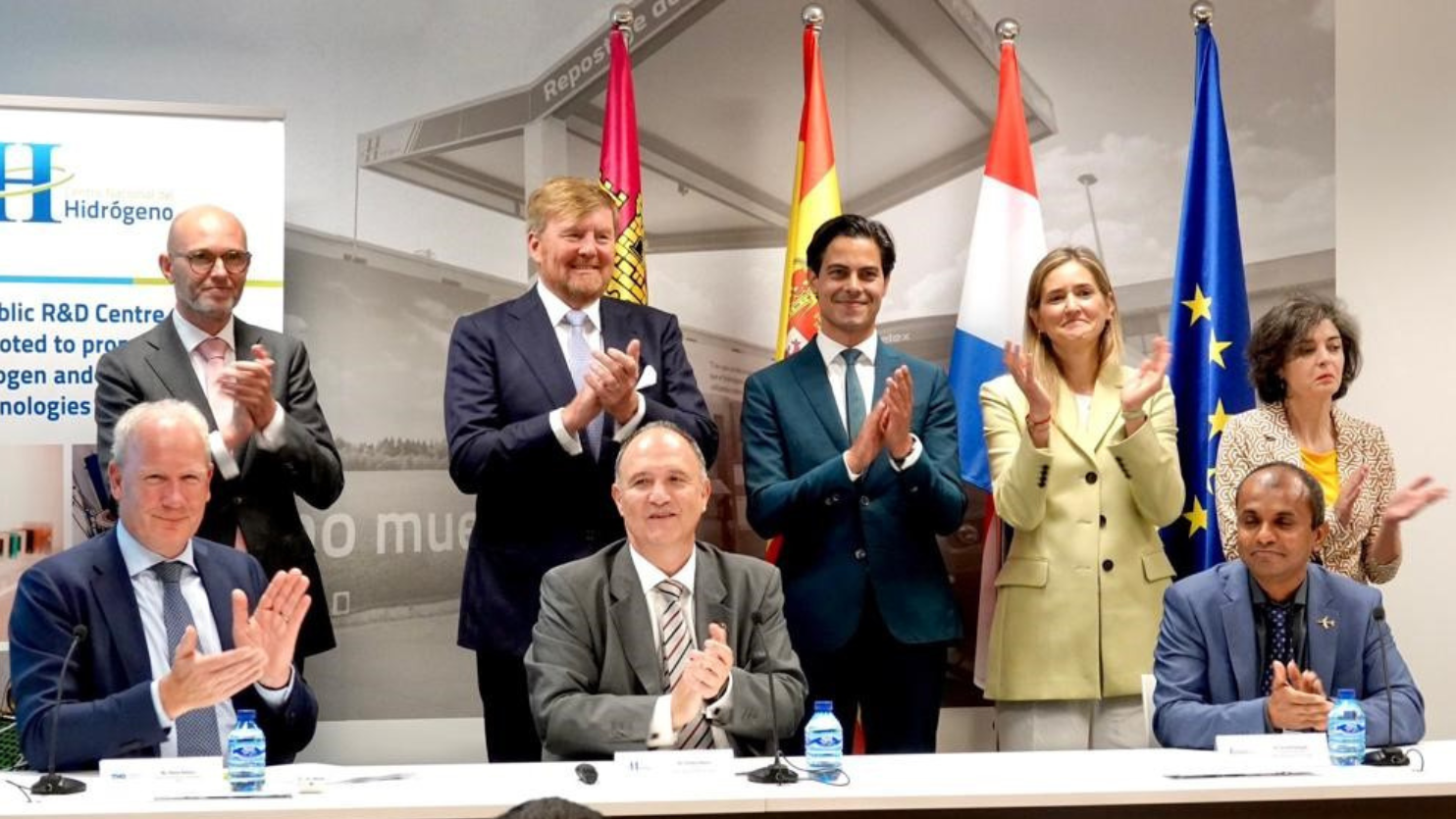
Collaboration with African countries
TNO’s CEO Tjark Tjin-A-Tsoi also travelled with a delegation led by Dutch Prime Minister Mark Rutte on visits to Namibia, South Africa, and Morocco. The trip was also concerned with collaboration in the field of green hydrogen. Namibia, for instance, has potential as an export country for hydrogen and ammonia because it has ample space for solar and wind energy, as well as a deep-water port. TNO is engaged in collaboration there and is sharing know-how about hydrogen with research institutes and companies.
Ambitions and specific plans
The Netherlands strategic location and its know-how and experience in gas technology make it ideally placed to be a leader in this field. The ports of Rotterdam, Amsterdam, Eemshaven and Vlissingen all have ambitions and specific plans for importing hydrogen. This can be hydrogen in liquid form (LH2) or in the form of a carrier such as ammonia or methanol, or using a Liquid Organic Hydrogen Carrier (LOHC).
Some 25 parties from industry, ports, suppliers, research institutes, and ministries are now collaborating within SHIPNL to establish import chains from other countries through the Netherlands to industrial clusters such as the ARA cluster (with Antwerp (B), Rotterdam, and the Ruhr area (D)). The agreement with Spain is expected to be the first in a series with other countries – selected by the Ministry of EZK – as target countries for imports.
Storage hydrogen
Besides the import, production and transport of hydrogen, large-scale storage is also high on the agenda of the Dutch government and the European Commission. In the coming decades, renewable hydrogen, produced from solar and wind, will be needed in large quantities as a replacement for fossil fuels and raw materials.
Hydrogen storage serves as a buffer to provide renewable energy during periods when there is little wind or sunshine. The buffer will be fed into during the year when more renewable hydrogen is produced or imported than needed at the time. Storage can also serve as a strategic reserve of energy.
Future need for import and storage
The European Commission asked TNO to determine how much storage will be needed, where, and what it will cost.
“We carried out research for the Commission via the Energy Transition Expertise Centre (EnTEC) to understand the current and future need for storage of renewable hydrogen,” says TNO expert Joris Koornneef, “and we contributed to a study on the possibilities and revenue models for energy storage.”

“In the study, we provided an overview of the technological options and potential for hydrogen storage, outlined the market potential, and calculated the associated costs. ”
Market potential and costs
In the Commission’s strategy, the initial target was to have at least 40 gigawatts of electrolysis capacity installed by 2030, so as to produce about 5 of the required 10 megatonnes of renewable hydrogen. After the Russian invasion of Ukraine, that target was tightened up, almost doubling it towards 20 megatonnes.
Mr Koornneef explains: “In the study, we provided an overview of the technological options and potential for hydrogen storage, outlined the market potential, and calculated the associated costs. We also clarified how hydrogen storage can contribute to flexibility, security of supply, and economic value. In addition, we developed a calculation tool to work out for regions how much storage is needed, whether it can be underground or in tanks, what the costs are, and how it can be organised within a supply chain.”
A range of solutions is required
Within GroenvermogenNL, TNO is also coordinating a project by a consortium of several dozen research institutes and companies researching hydrogen transport and storage (Hydrogen Transport, Offshore and Storage-HyTROS).
René Peters: “Achieving the required storage capacity of 1 to 3 terawatt-hours by 2030 and between 14 and 29 TWh by 2050 will require a whole range of solutions, for example storage in empty salt caverns for the short term, seasonal storage in porous reservoirs, or in above-ground tanks at import ports.
We are investigating developments in technologies, costs, economic feasibility, infrastructure, safety and more, and also which form of hydrogen makes most sense for which industrial cluster. You have to consider the whole range and make the right choices within that totality.”
Get inspired
World Hydrogen Summit 2025
Hydrogen in the energy system: The future of sustainable energy in the Netherlands and Europe
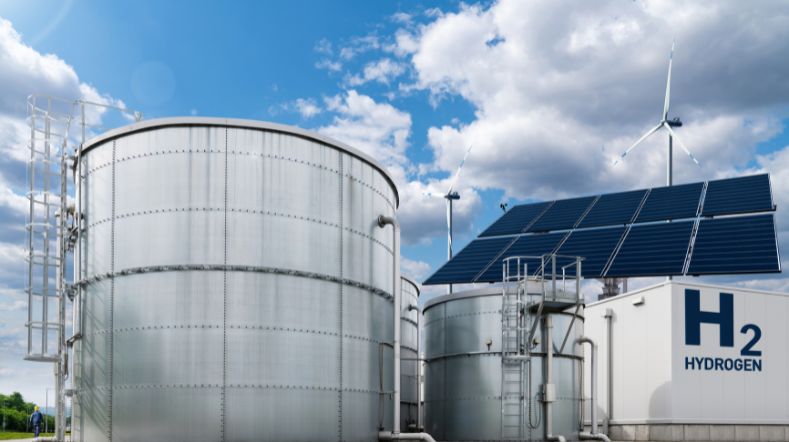

NORCE and TNO are entering into a strategic partnership on hydrogen developments
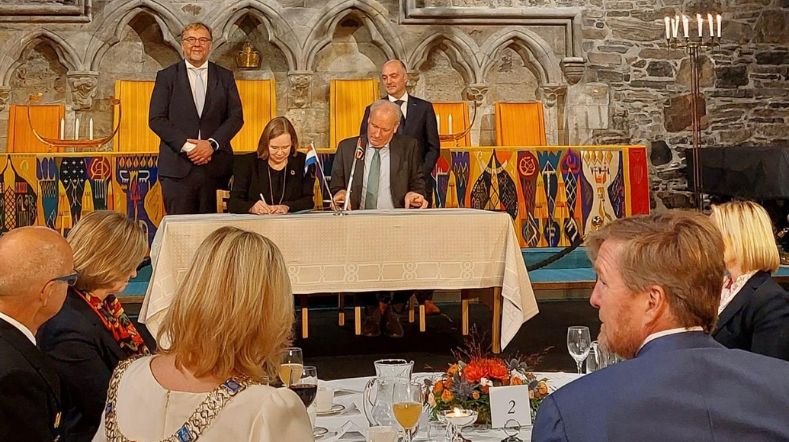

Dutch consortium participates in EU research project on large-scale hydrogen storage in depleted gas fields
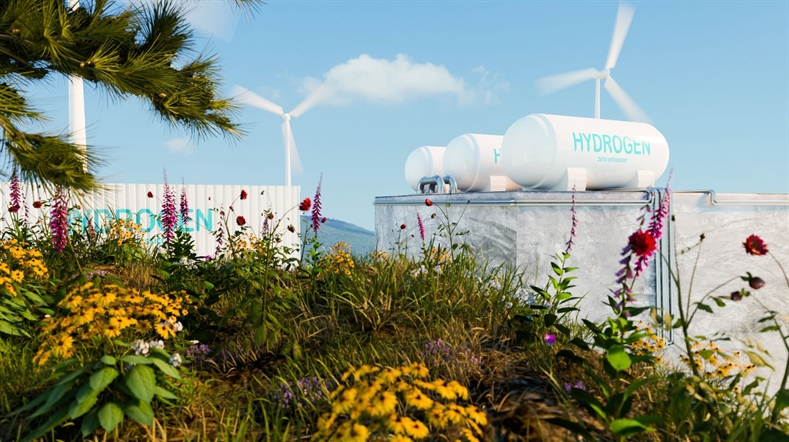

Underground hydrogen storage
